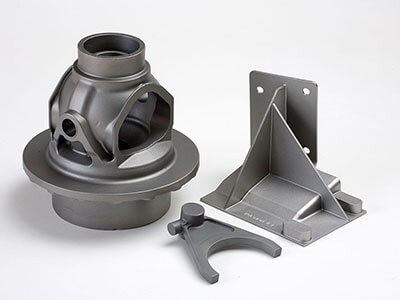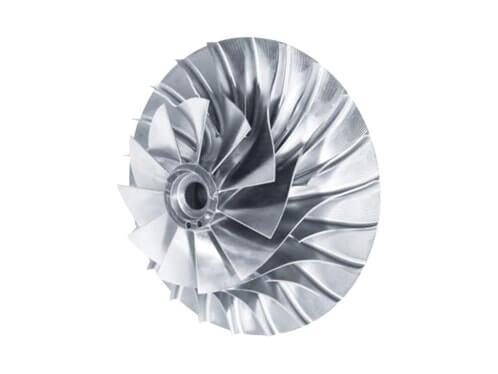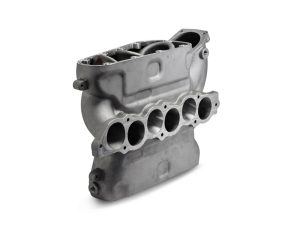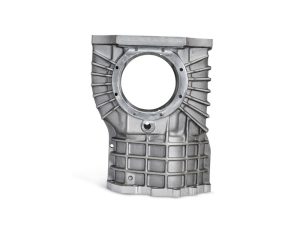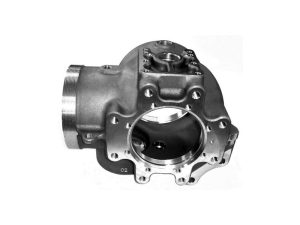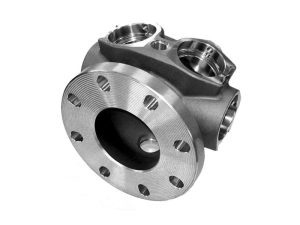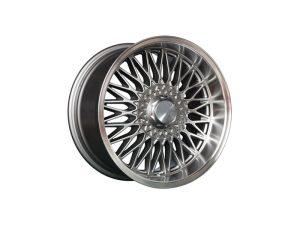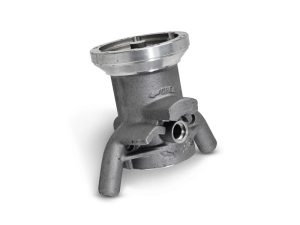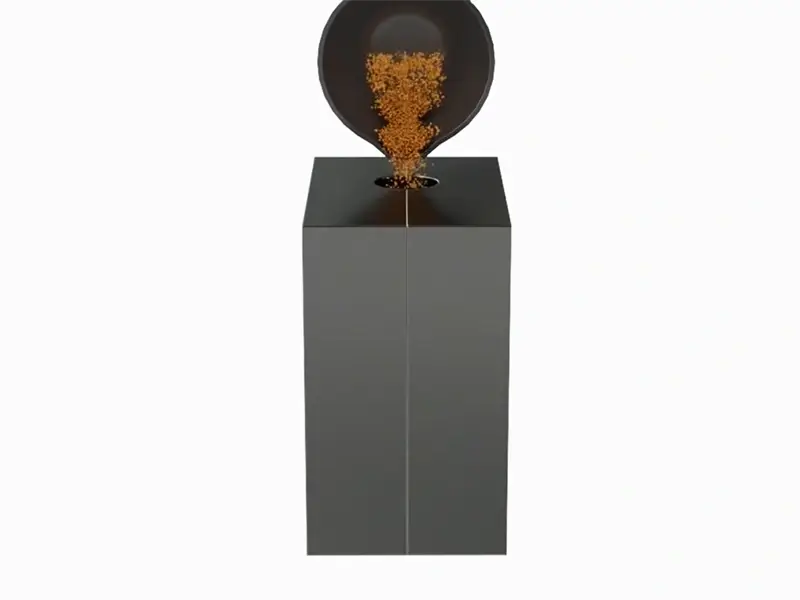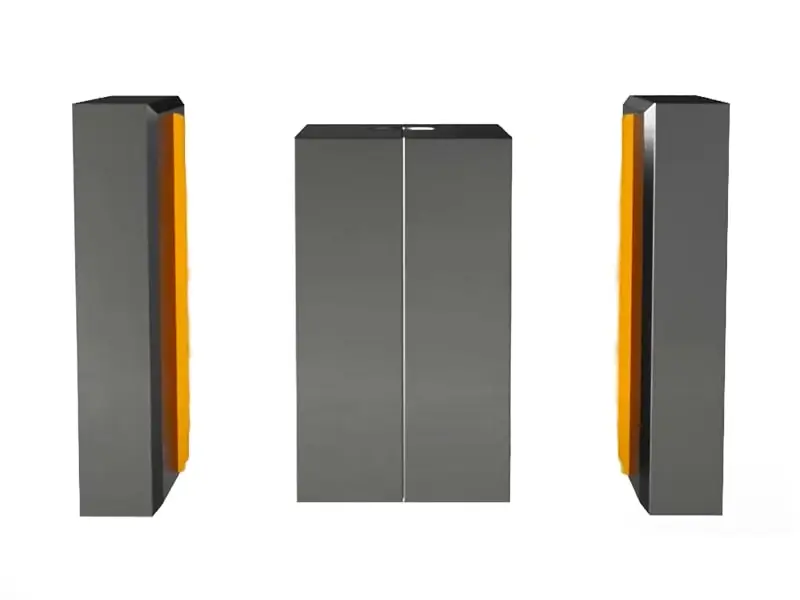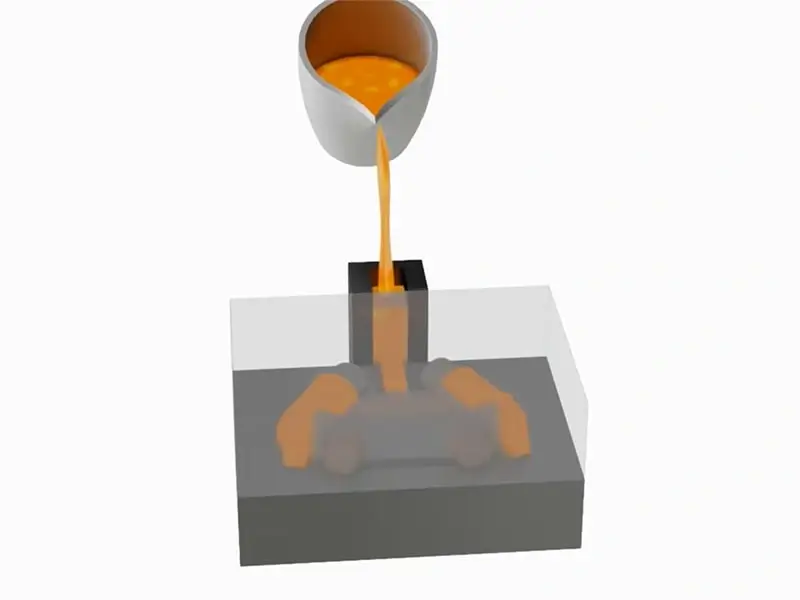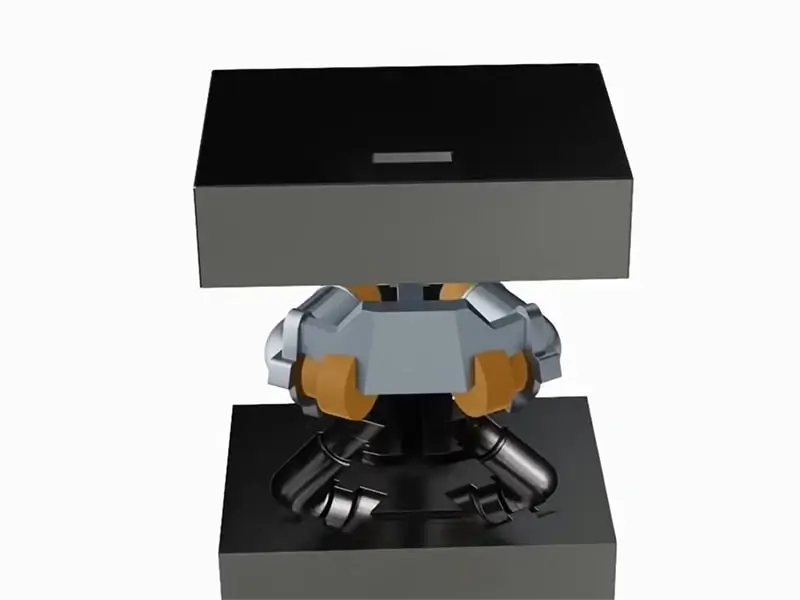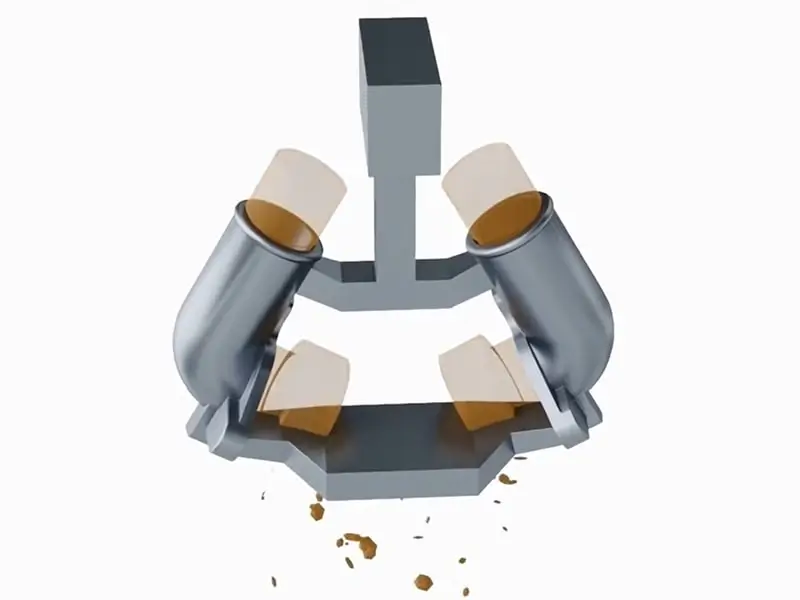Advantages of Gravity Die Casting
Gravity die casting is desirable for its lack of reliance on high pressure as well as the versatility of materials with which it can produce castings. Here are some of its advantages:
- Tight tolerances allow for excellent accuracy in finished parts.
- Highly repeatable process.
- The surface of gravity die cast parts is smoother than those produced with sand casting.
- The parts with excellent mechanical properties and T6 heat treatment can also be applied to improve the properties.
- Insertable sand core parts can be pre-formed and used to create reverse draft interior pockets.
- The part can be made with internal inserts and steel pins.
- Less investment in mould compared with pressure die casting process.
- Large range of alloy choices.
Is Gravity Die Casting Cost-Effective?
Gravity die casting is cost-effective for medium- and high-production runs of products. The cost per unit increases when a low volume of parts is required due to the high initial capital cost of the die itself.
A die is machined from solid steel and, due to the irregular and customized design of each one, it can be quite expensive. The tolerances of the die are typically quite stringent. Furthermore, there is the cost of the alloys, the machine shop setup, lubricant and production time. With high-volume production output, these costs are spread over many units and become increasingly lower. The shape retention and quick heat dissipation of the die make it dependable for repeated use.
For manufacturers requiring a high volume of parts, gravity die casting is one of the best options available. It allows for reliable, repeatable parts that provide consistent quality as well as a broad selection of different metal alloys to choose from. Aluminum gravity die casting is one of the most popular and versatile choices for manufacturers needing strength, conductivity, thin walls, low weight, corrosion resistance and good mechanical properties. It is also a relatively affordable alloy to choose.
What Products Are Produced With This Method?
Most products made with gravity die casting are aluminum and can weigh anywhere from around 1 lb. to well over 100 lbs. The possibilities for different products are numerous:
- Automotive parts: Engine components, gearbox cases, componentry for cylinders, electronic equipment and structural equipment
- Lighting: Electronic components for lighting, control panels, fixtures, housing and components
- Defense: Military sectors are in need of reproducible parts for weaponry, surveillance and more
- Electronics: Hi-fi equipment, consumer electronics, housing, tools and more
- Medical: Surgical equipment, gearboxes and hospital equipment
Materials
| Material |
Tensile Strength (Mpa) |
Thermal Conductivity (W/mK) |
Features |
| Aluminum A380 |
325 |
96 |
Best combination of mechanical, casting, and the thermal properties. |
| Excellent fluidity, pressure tightness, and resistance to hot cracking. |
| Widely used for engine brackets, hand tools, electronic equipment chassis, gearbox cases, and household furniture. |
| Aluminum A360 |
317 |
113 |
Excellent pressure tightness and fluidity. |
| High corrosion resistance. |
| High strength in elevated temperatures. |
| Aluminum 413 |
295 |
121 |
Good combination of casting, mechanical, and thermal properties. |
| Excellent fluidity, pressure tightness, and resistance to hot cracking. |
| Aluminum 383 |
310 |
96 |
Often used for highly intricate components. |
| Good corrosion resistance, lightweight. |
| Good combination of casting, mechanical, and dimension stability. |
| Aluminum B390 |
317 |
134 |
High hardness and good wear resistance. |
| Suitable for internal combustion engine pistons, cylinder bodies for compressors, and brakes. |
| Aluminum A413 |
290 |
121 |
Excellent pressure tightness. |
| Good choice for hydraulic cylinders. |
| Suitable for gravity die casting intricate components. |
